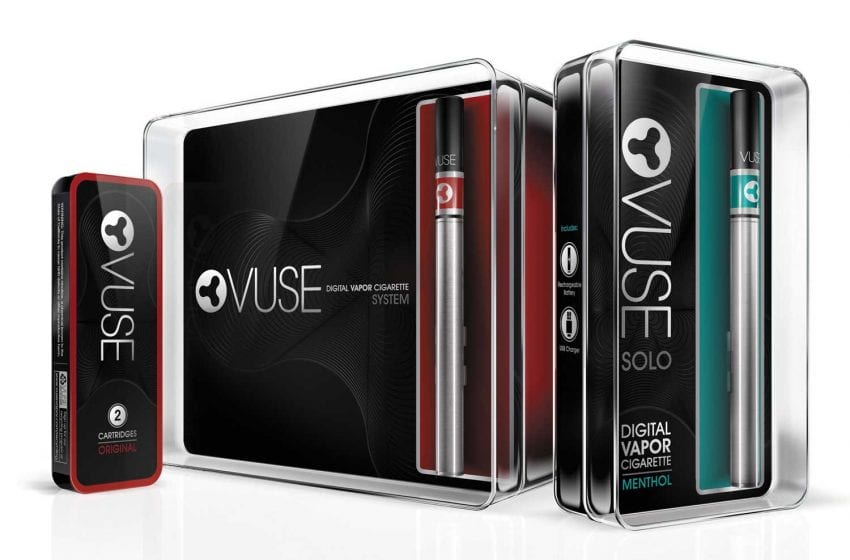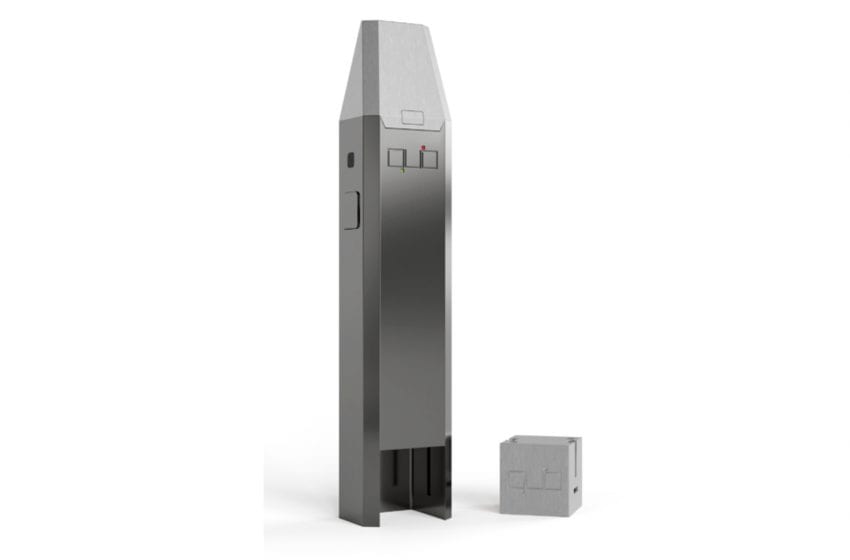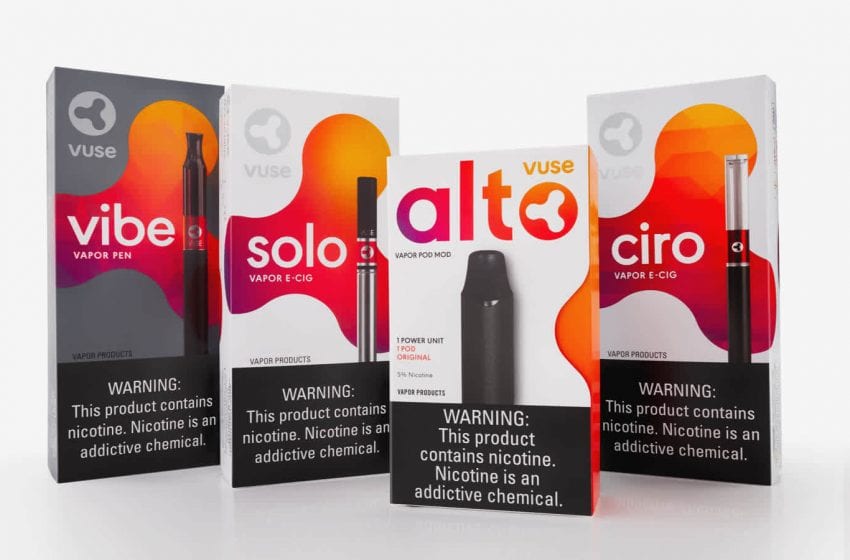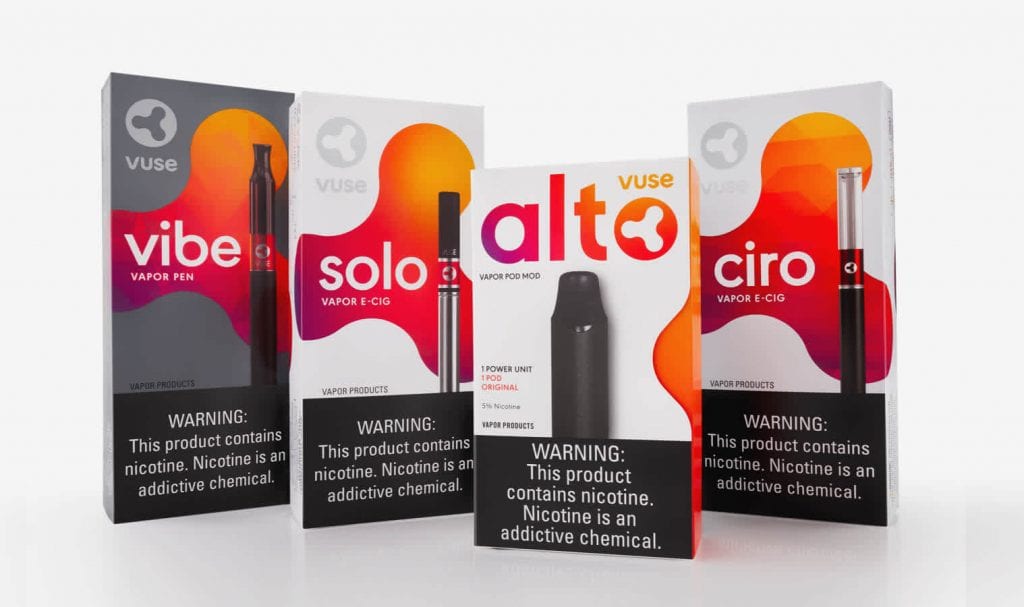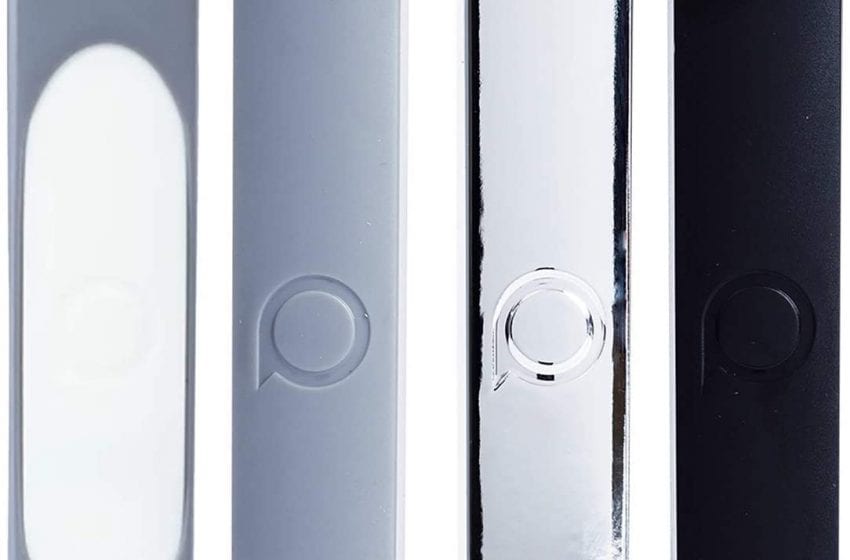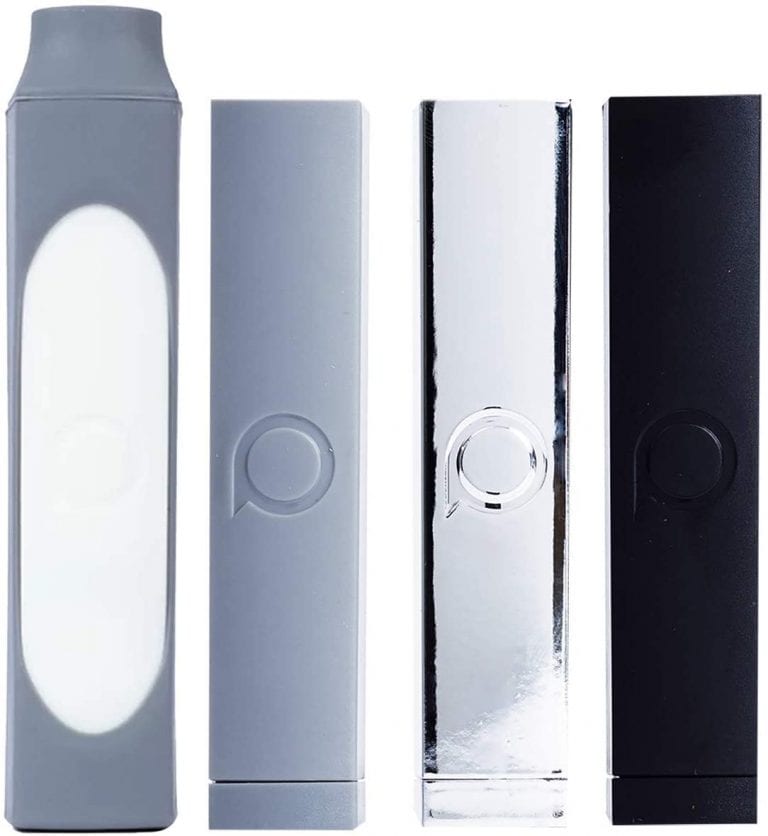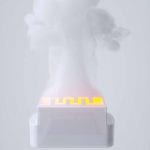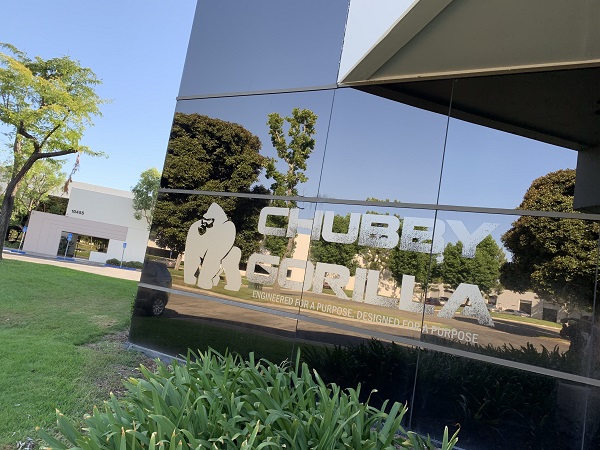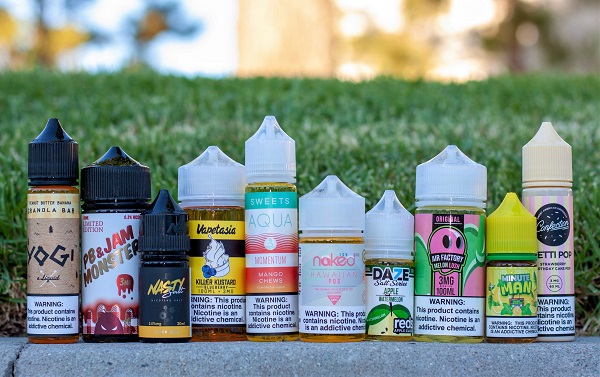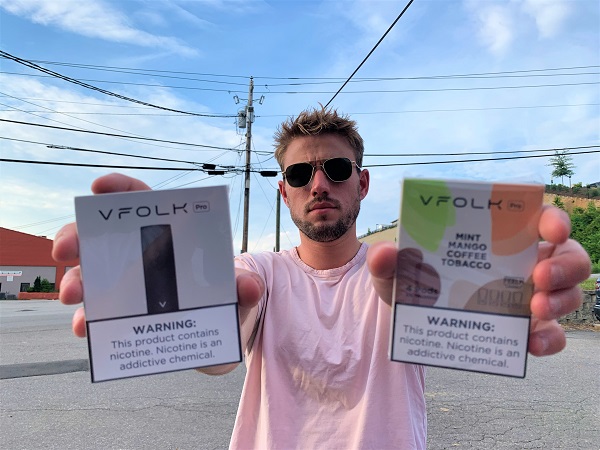Choosing a suitable e-commerce platform will help vapor product vendors improve online sales.
By Stefanie Rossel
The future for vapor products looks bright. According to a recent market report by Research and Markets, the global e-cigarette market is estimated to reach $44.6 billion by 2023, growing at a compound annual growth rate of more than 15 percent between 2017 and 2023. For the time being, retail distribution channels such as vape shops and convenience stores are responsible for 60 percent of vapor product sales, the study says.
“I think the big reason why we’re seeing a lot of sales at shops is the youthful stage this industry is in,” says Uri Foox, founder of the U.S. e-commerce platform Zoey. “There are so many creative companies out there introducing products, and obviously convenience stores, vape shops, etc., give you the ability to discover new items and in some cases try them out, and that will likely always exist in some form. As the industry matures, it’s likely that some companies and products will become much more prominent than others, and the more prominent companies will likely leverage the online channels accordingly to make it easier to reach scale.”
Across all industries worldwide, retail e-commerce sales are growing steadily. According to data from Stastista, they are expected to rise from an estimated $3.45 trillion in 2019 to $4.88 trillion by 2021. As purchases via the internet become ever more popular, user habits and expectations change and so do technical requirements for high-traffic sites.
In order to remain competitive in this transforming landscape, online vendors of vapor products will have to find an e-commerce solution that caters to their specific requirements: dealing with customers (B2C) and wholesalers (B2B) alike. “Many vendors have an established B2C presence, but their wholesale option is ‘fill out this form and we’ll have someone contact you,’” observes Foox. “Others have their B2B merchants shop on the same site as a B2C customer, but it’s not optimized for volume ordering, so B2B sales are harder to achieve. The larger B2B trends are around, offering more self-service solutions, easy ordering and reordering, and basically democratizing the process. That’s where we come in.”
FROM B2B TO B2C
Zoey is a website builder that was founded in 2014 as a software-as-a-service (SaaS) solution for companies seeking to combine the benefits of high-end solutions with the comfort of managed services. The team working on the e-commerce platform has its roots building e-commerce for other companies, including stores doing massive worldwide transactions for about a decade, Foox explains. “While we are B2B-centric, we started with B2C roots, so we do support traditional B2C e-commerce as well. Many of our merchants leverage our ability to run B2C and B2B transactions off of one website, streamlining ordering into a single portal but with different applications for each buyer type. We see a lot of vaping and e-cigarette merchants selling both in-store and wholesale, so we think our approach provides something unique for the industry.”
He notes that many competitors, particularly some of the larger B2C players, have simply bolted a few B2B capabilities onto a very B2C-centric platform. “That means trade-offs and limitations in how B2B transactions can take place. Do you allow merchants to buy now and pay later? Do you make common SKUs easily accessible for quick reordering when you’re a shop constantly ordering the same product? These are questions we’ve spent a lot of time examining and tackling, and I think that puts us ahead.”
HAPPY ACCIDENT
The company only recently started to offer its services to the vapor industry. Foox says Zoey’s experience with e-cigarette merchants came almost by accident, when about 10 merchants started to use the company’s platform. “They were giving us a heads-up that what we’re offering really suits the industry. So today Zoey has companies like Marina Vape, Lifted Liquids and Keola Life to manage online sales.”
With regard to required e-commerce functionalities, Foox has seen a few categories of concern specifically for the vapor industry. Many companies, he points out, require access to particular payment gateways and processors that are more industry-friendly, while a lot of them have both B2C and B2B customers. To all of them, easy organization for being able to select multiple variations of a product to order at one time is important, such as products that have differing amounts of nicotine.
“A standard B2C experience has you drill down to a single choice—not ideal for wholesale. B2B e-commerce in particular is evolving quickly, in part because there’s a bit of catch-up being played on that side of things. Five years ago, there were very few ways to do it—hence you saw a lot of ‘contact us to order wholesale’ forms or very primitive ordering options online. Now the expectation is businesses offer[ing] a B2B portal in the same way they offer B2C sales. This means you want a solution that can keep up.”
FEATURES FOR VAPE SHOPS
Since Zoey is focused on B2B and wholesale merchants primarily, many of its B2B-specific tools are well designed to match the requirements specific to the vapor industry, Foox says. The platform offers a streamlined order portal, which makes it easy to add various SKUs in volume at one time to a cart and check out. Buyers can request a quote and get pricing before purchase, which, according to the company’s founder, is helpful for new types of purchases or new customers wanting to inform themselves before buying. Vendors can sell to both consumers and wholesale customers within a platform and restrict access to certain products, or the entire website, to only specific registered customers. Group customers that have, for example, similar discounts or product access can be offered a more customized experience.
“One big differentiator for us is [that] we don’t charge transaction fees; the only costs are the monthly subscription and then any add-ons the customer elects to utilize. That’s not generally the case for other SaaS solutions,” Foox points out. “B2B merchants sometimes qualify for preferred credit card rates, but you have to be on a solution that supports that option. On Shopify, for instance, if you don’t use Shopify Payments, which has B2C-standard pricing, you have to pay a transaction fee on top of your merchant charges, which can make using them expensive regardless of payment type.”
MORE OPPORTUNITIES AHEAD
The biggest selling point of SaaS, he says, is a single monthly price that covers many things that open-source software requires to be paid out separately, such as the software license, website hosting, and security updates and site improvements, which can become costly when shop owners depend on developers to install these things for them.
“If we release a new feature, patch a bug [or] update security measures, all of our customers get that automatically and immediately. Paired with capabilities like our visual design editor, which makes it easy to update design and marketing assets without knowing how to code, we provide a comprehensive solution that’s easy to maintain and has an overall lower cost than open source solutions. If you have open source software, unless you have a strong technical person in-house, you usually have to hire and maintain developers to keep your site secure and up to date. That’s an expensive proposition. With SaaS, that money can be reinvested into the business instead.”
In contrast to its competitors, Zoey has decided against the introduction of an app that allows vendors to manage their orders, products, staff members and customers from a mobile device.
“Our stores are responsive and mobile-friendly for customers to shop, but our management tools are designed for computers. The main reason for this is [that] we found that most B2B merchants are still working from computers when doing that sort of work—it’s not generally thought ideal to be adding products or processing orders on a cell phone. This is particularly important when it comes to product updates, order fulfillment and so on. I’m sure as we and the industry continue to evolve, it’ll be an area we’ll evaluate for future support. On the other hand, we have made sure to optimize our tools for salespeople to work well on tablet[s] and mobile [devices], such as Request a Quote, so they can work easily in the field.”
To make their solution even more customizable, Foox says Zoey is currently working on ways to better leverage the customer segmentation features, such as being able to assign a customer to a group and have a completely different website theme, for instance a wholesale group and a B2C group with different shopping experiences. “We just launched a partnership with a net terms provider, letting merchants buy now versus pay later.”
He is convinced that in the future, the online distribution channel will play an ever-increasing role in the vapor sector. “For B2B ordering, stores will increasingly leverage online ordering for products from manufacturers or distributors that have staying power in their shops, as they use it as a way to reorder best-sellers and products they aim to keep on the shelves. For B2C ordering, shops themselves will have the ability to sell to their customers when they can’t make it into the store or [customers] know what they want and want it shipped directly to their home[s], just like in other industries. Shops doing hybrid B2C and B2B with their business[es] will find online sales helpful for congregating all the purchasers into one place, making it easier to analyze the data and spot trends.”



